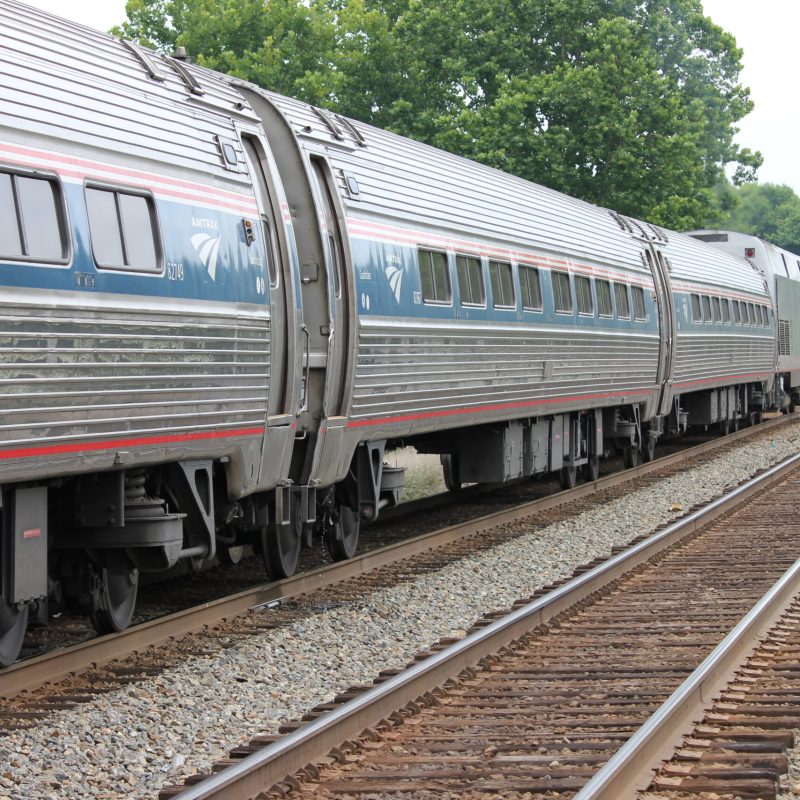Amtrak’s Cardinal route serves Clifton Forge with long-distance passenger rail service to New York and Chicago three times per week. Amtrak also provides state-sponsored daily round-trip service between Roanoke and Washington, D.C., with service to the Northeast Corridor. Direct passenger rail or other public transportation does not currently exist between Roanoke and Clifton Forge, making highway-operated modes the most viable option for passenger travel between these two communities. This study examines public transportation options connecting Roanoke and Clifton Forge.

DRPT analyzed existing and possible travel options between Roanoke and Clifton Forge by evaluating trip time, trip distance, hours of availability, and ridership. Highway and non-highway modes were analyzed.
Forecasts project very low ridership for the transit corridor between Roanoke and Clifton Forge. The ridership projected does not justify the very high capital costs for rail and makes rail transit prohibitively expensive. Commuter bus services present far lower capital costs; however, they do have high operating and maintenance costs. The low projected ridership suggests that scheduled bus trips would operate with mostly empty vehicles. Microtransit or demand response service may enhance connectivity in an efficient and sustainable way, meaning the service only operates when there is passenger demand. Capital operational costs for microtransit are significantly lower than other options; however, costs would still be high for the limited number of riders.